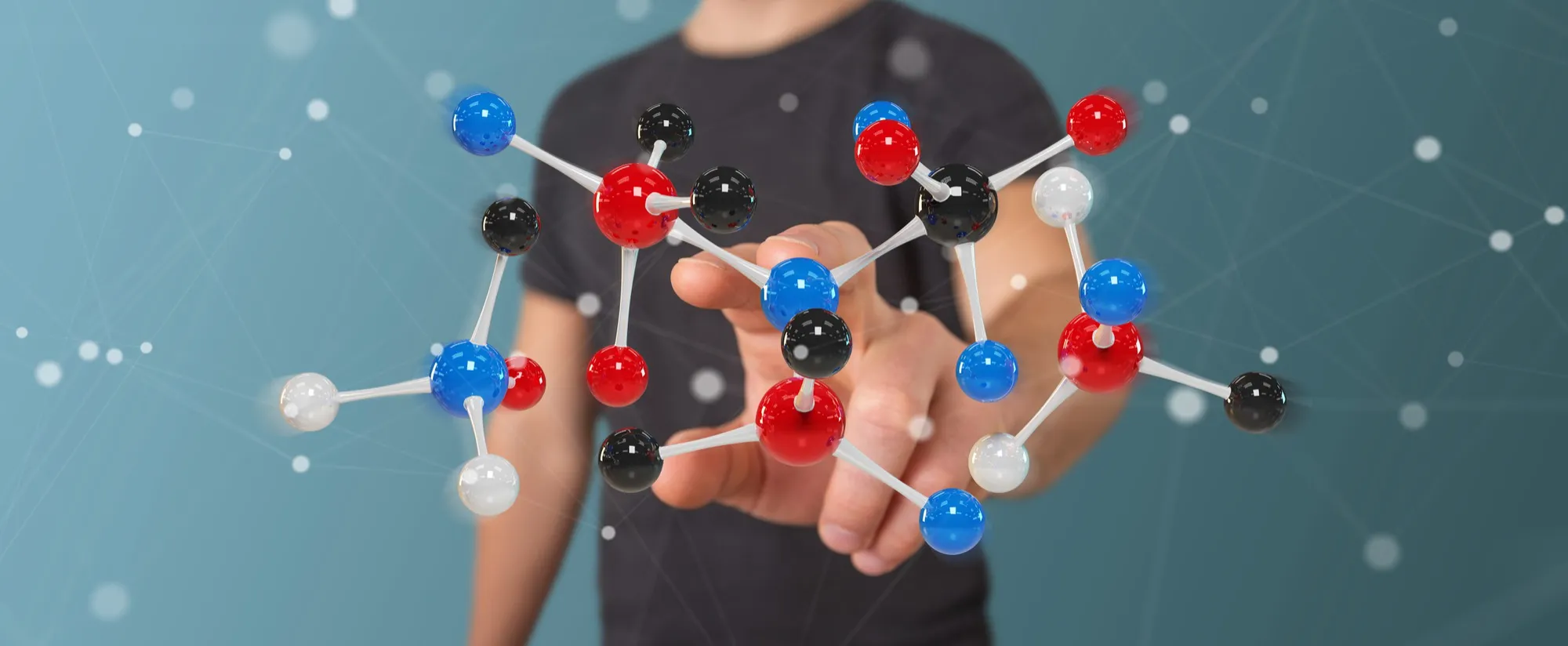Breaking New Ground in Biochemistry: Cooperative Cofactors Revolutionize Understanding of Enzymatic Redox Processes
Researchers from various German institutions have made a groundbreaking discovery in the world of biochemistry, which has the potential to significantly advance our understanding of biological redox reactions. Published in the esteemed journal Nature Communications, their study sheds light on the process of enzyme-mediated hydride transfer at extremely low redox potentials, a feat previously thought to be unattainable by biological systems.
Discovering the Limits of Flavin Redox Chemistry
Flavins, a group of organic compounds based on the pteridine ring system, are vital to a variety of life-sustaining redox processes. In the study by Willistein et al., the researchers examined the enzyme 2-naphthoyl-CoA reductase, a key facilitator of the oxygen-independent bacterial naphthalene degradation pathway. Remarkably, it uses a low-potential electron donor in a two-electron process to dearomatize its substrate at an unprecedented potential of E°’ = -493 mV, defying the established redox limit of known biological hydride transfer processes.
Innovative Methods Illuminate Enzymatic Secrets
The study integrated a multitude of advanced techniques, including QM/MM computational studies, X-ray crystallography, and various spectroscopy and titration methods. Through rigorous analysis, it was determined that an intricate and highly cooperative transfer of electrons occurs between two inversely functionalized flavin cofactors within a hydrophobic pocket of the enzyme. An electron first transfers from a low-potential one-electron flavin adenine dinucleotide (FAD) to its two-electron counterpart, flavin mononucleotide (FMN). This inter-cofactor cooperation enables the enzyme to overcome the resonance stabilization of the aromatic system by a hydride ion.
DOI and References Indicate the Depth of the Study
This remarkable achievement, documented with the DOI 10.1038/s41467-019-10078-3, is supported by a rich collection of references, demonstrating the interdisciplinary nature of the work. Among the cited sources, there are articles that delve into bacterial polycyclic aromatic hydrocarbon degradation, key enzymes involved in anaerobic aromatic metabolism, and the fundamental nature of flavin-dependent enzymes.
Expanding Horizons with Real-World Implications
The research opens up new possibilities for biotechnological applications, including the bioremediation of environmental contaminants, specifically polycyclic aromatic hydrocarbons (PAHs), which derive from incomplete combustion and are a notorious source of soil and water pollution. Such a fundamental understanding could lead to the development of more efficient and environmentally friendly cleanup strategies.
Potential Applications and Broader Impact
Understanding the nuances of this enzymatic action could have a profound influence on the fields of biology, chemistry, and environmental science. The enzymes in question could be utilized in the design of new drugs, biosensors, and in synthetic biology to create new metabolic pathways for industrial biotechnology.
Keywords
1. Enzymatic redox reactions
2. Flavin cofactors biochemistry
3. Hydride transfer enzyme
4. Low-potential electron donor
5. Biological degradation of naphthalene
In summary, the research led by Willistein et al. is a testament to the enormous potential of enzymes and their elegant coordination within biological systems to achieve chemical reactions near the thermodynamic limits. The detail and rigor of this study pave the way for further exploration and optimized application of nature’s redox toolbox.
